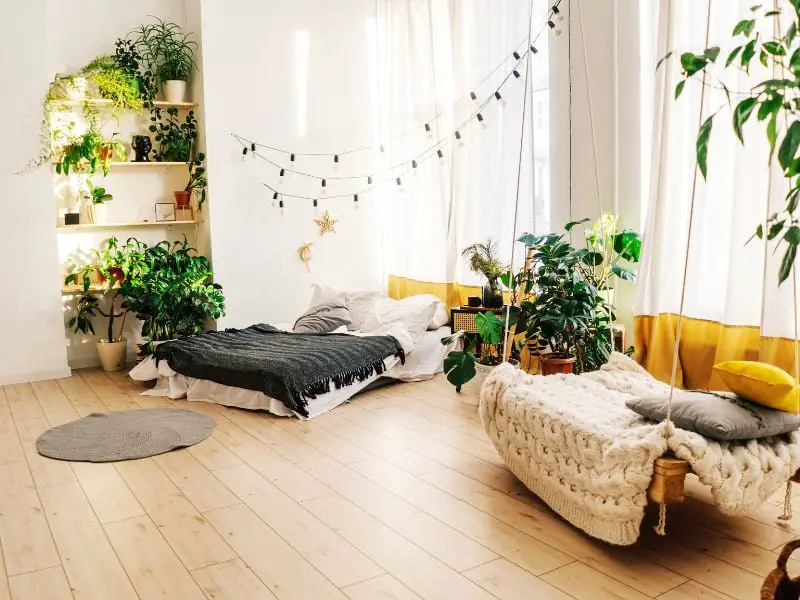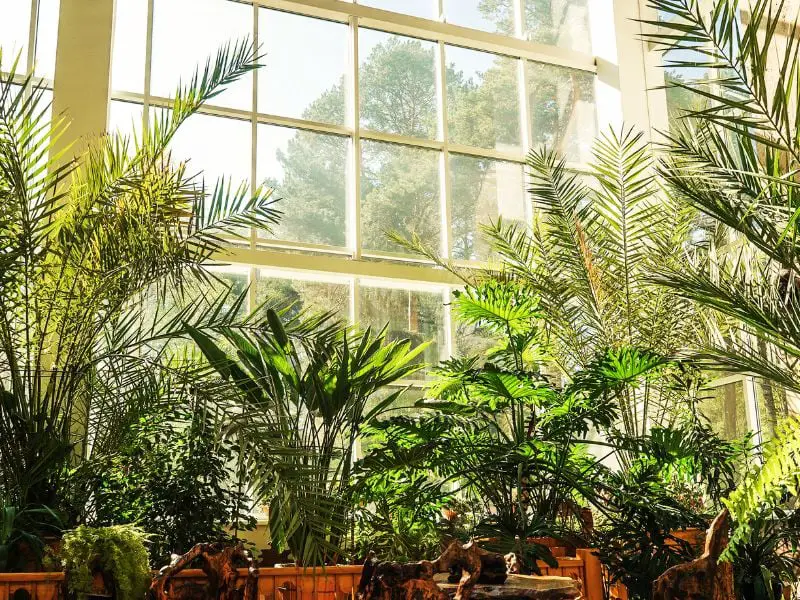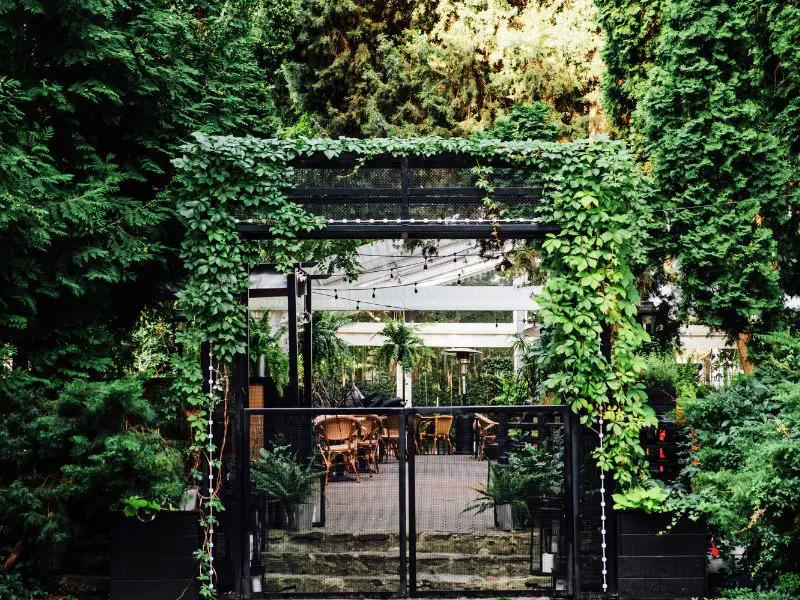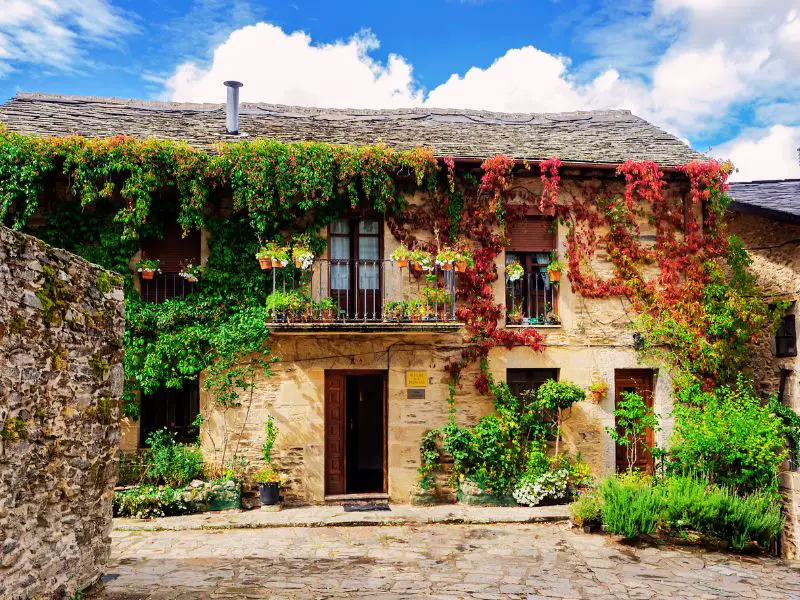Biophilia is the instinctual human need to connect with the environment and other living beings. The name is derived from the Greek terms for “life” and “love or affection”; the precise translation of the term is “love of life.”
This idea is fundamental to biophilic design, which uses natural materials, patterns, and occurrences to retain a relationship with nature in the built world. In this article, we’ll dive into the meaning of biophilia and how it contributes to society.
What is Biophilia?
Biophilia can be seen as a scientific structure of design and a philosophical approach to life. It is embedded deep within our biology, psychology, and sociology. The Royal Society for the Encouragement of Arts, Manufactures, and Commerce (RSA) coined the term in the 20th century to describe that humans are innate to the need to feel connected with nature and other forms of life.

Biophilia, the Love of Life
Biophilia was first used by Erich Fromm in 1964 and was described “as the love of life and all that is alive”. Biophilia can manifest itself in many ways. Some notable examples include:
- Using natural materials like wood, stone, brick, and water to maintain a connection between our built environment and the natural landscape.
- Working with natural lighting and ventilation creates a natural setting that allows space to thrive.
- Using components that imitate natural processes like water filtration or waste product extraction.
- Using canopies or greening public spaces
The Essence of Biophilic Principles
Biophilic design principles, a term synonymous with a symbiotic relationship between the human spirit and the subtle allure of the natural world, strive to intertwine human beings with living organisms, creating spaces that not only radiate freshness but also nurture well-being and bolster human health. When exploring these principles, it is quintessential to highlight the works and philosophies of eminent figures such as E O Wilson and Stephen R. Kellert, who have profoundly delineated the concept of the biophilia hypothesis.
Embracing Natural Settings and Elements
A cardinal element of biophilic design principles is the incorporation of natural materials and the cultivation of green spaces within interior spaces. This alignment with natural settings echoes the profundities of the biophilia hypothesis, which posits an innate connection between human beings and other living organisms. Stephen R. Kellert, a noteworthy advocate of this hypothesis, has illuminated the significance of integrating natural elements to enhance human experiences, well-being, and overall health.
In cities like New York, renowned for its architectural tapestry, biophilic architecture is a beacon of hope amidst the urban chaos, providing solace through spaces imbued with green walls and fresh air. These biophilic spaces are not mere aesthetic enhancements but intricate designs that breathe life, echoing the essence of living organisms and natural materials within urban landscapes.
The Role of Living Building Challenge
The International Living Future Institute has pioneered the living building challenge, fostering the convergence of biophilic design principles, natural materials, and innovative architectural pursuits. This endeavor seeks to mold spaces that are living, breathing entities, mirroring the vigor of life forms and enriching human existence with the ambiance of natural settings. The living building challenge is a testament to the advancement in designing spaces that are not only sustainable but also elevate human health and consciousness.
Terrapin Bright Green, a leader in environmental strategies, has been instrumental in executing biophilic design principles, creating a nexus between the human being and a natural setting, fostering a sense of unity and coherence with nature. Their empirical evidence emphasizes the profound impact of intertwining life forms and the human spirit, creating a tapestry of experiences that are enriching and holistic.
E O Wilson and the Human-Nature Connection
E O Wilson, a luminary in the realm of natural sciences, posited the biophilia hypothesis, highlighting the intrinsic connection between human beings and other living organisms. Edward O’s philosophies underscore the essence of bonding with nature, a relationship that is not merely about coexistence but a deeper, more meaningful interaction that nurtures the soul and revives the spirit.
His insights serve as a foundation for biophilic architecture, illuminating the pathways for creating spaces that are harmonious with life forms, offering fresh air and exemplifying the delicate beauty of natural settings. His doctrines are not abstract ideologies but practical solutions for enriching human health and spirit through a balanced coexistence with the natural world.
A Vision for Future Architectures
The deployment of biophilic design principles and the assimilation of living organisms within built environments are not transient trends but the embodiment of a visionary approach to architecture. Cities like New York are harbingers of this architectural renaissance, where buildings are not inert structures but living entities resonating with the vibrancy of natural materials and life forms.
The works of Stephen R. Kellert and E O Wilson are beacons guiding this transformation, offering insights and philosophies that are not only groundbreaking but also pivotal for the future of human living spaces. The International Living Future Institute and the living building challenge are the vanguards of this revolutionary journey, shaping spaces that are not only in harmony with nature but also reflective of the rich tapestry of life forms and the myriad expressions of the natural world.
The Impact on Human Health
The amalgamation of green space, natural material, and living organisms within interior spaces is not a mere representation of aesthetic appeal but a symbiotic arrangement enhancing human health. Exposure to such biophilic spaces induces a sense of tranquility and well-being, mitigating stress and augmenting mental resilience. Fresh air and green walls interspersed within the architectural design act as catalysts in purifying the environment and elevating the mood and productivity of the inhabitants.
The empirical evidence collated by proponents of biophilic design principles, such as Terrapin Bright Green, substantiates the profound impact of these principles on human health and well-being. These evidence-based findings are not mere conjectures but attestations of the tangible benefits accrued through the integration of living organisms and natural settings within built environments.
Nature as a Source of a Person’s Well-Being and Ambition
Globally, the advantages of fostering Biophilia in society are evident. Shinrin-yoku, or “forest bathing” in Japan, is reported to provide demonstrable health advantages such as “lower cortisol concentrations, lower pulse rate, lower blood pressure, increased parasympathetic nerve activity, and decreased sympathetic nerve activity.”
Similarly, Biophilic Design is an emerging discipline that aspires to integrate natural elements and designs inspired by the natural world into urban spaces like hospitals, offices, and even whole cities. Biophilic Design promotes social health and environmental stewardship by inspiring a deep appreciation for natural environments and a desire to spend more time outside.

Nature Improves Well-Being
if your body is in harmony with nature, it will generally be healthier and happier. This can also be proven in previous studies of the natural environment and how it affects both your physical and mental health. Your body will also naturally feel more at peace when next to its natural environment.
A study conducted by the University of Essex found that contact with nature boosts the mood of office workers, by 40 percent. The human body, and more importantly the mind, loves and needs nature to be both stable and content. It also offers something positive for the mentally ill. The study revealed that a green environment in a psychiatric ward lowered anxiety levels by 75 percent. Also, if you are exposed to green architecture, your stress levels are lowered by 46 percent.
Biophilia Is More Than a Philosophy
Biophilia is more than just a philosophy—research has shown that biophilic design helps with cognitive function, physical health, and mental well-being. All of NRDC’s offices use biophilic design to help people feel more connected to nature and to improve the health and productivity of their employees. Since the average American spends 90% of their life indoors, making the built environment more biophilic would have big effects.
Types of Biophilic Design
1. Nature in the Space
The presence of plants, animals, water, wind, fragrances, light, shadows, and other natural aspects in a given location. Nature in the uses. Materials and construction processes inspired by nature.

2. Nature in the Experience
The arrangements and arrangements of the space promote a connection with nature. By studying how humans interact with natural elements, we can design spaces that foster humans’ relationship with nature. Restrooms are often the first spaces we design for biophilic design because voters like to ventilate and unwind.

3. Natural Analogues
Natural materials, patterns, items, colors, and forms are used in architectural architecture, facade adornment, décor, and furniture. One approach to biophilic design is to mimic natural elements with man-made components. For example, a green roof mimics a grassy space, or a courtyard simulates a natural environment in an urban setting.
4. Biomorphic Forms and Patterns
This type of biophilic design involves using shapes and patterns found in nature to create a connection with the natural world. For example, using leaf-shaped patterns in wallpaper or fabrics.

5. Complexity and Order
This type of biophilic design involves incorporating natural patterns and textures into the built environment. For example, using a natural stone wall or incorporating a patterned rug.

6. Prospect and Refuge
This type of biophilic design involves creating spaces that provide both a sense of openness and security. For example, creating a seating area with a view of nature, but also with a sense of enclosure.
How to Incorporate Biophilia in Design
- Make the most of natural light by designing your space with plenty of windows, skylights, and light wells. (It has been discovered that exposure to natural light increases productivity, improves Vitamin D absorption, and prevents seasonal depression.)
- Include greenery and artwork with a natural theme, such as potted plants, honeycomb-shaped wall tiles covered in moss, and climbing gardens. (Studies show that having plants around the office decreases mental weariness and increases productivity.)
- Use natural materials, such as bamboo and poplar, to make furniture and walls. (Using natural materials instead of common ones reduces your exposure to chemicals found in those materials.)
Biophilic Design Is for Everyone
Biophilic design does not need a huge budget or a varied area; there are several easy methods to apply biophilic concepts to your office or home.
- Throw open the drapes and windows to let the natural flow of light and air into the space, as well as to let the temperature fluctuate in a way that is more in line with the surrounding environment.
- Add a portable HEPA air purifier to the room if you live in a place with a lot of air pollution to keep the air clean.
- Place low-maintenance indoor plants near frequently used spaces.
- Add things that you can hear or smell like a playlist of nature sounds to help you fall asleep or a diffuser with essential oils.
Bottomline
Biophilia is an invisible force that guides us to the natural world, paying heed to our physical and psychological needs. Biophilic design saves us from dullness by creating a bond between nature and our built environment—getting back to nature has never been more rewarding.

